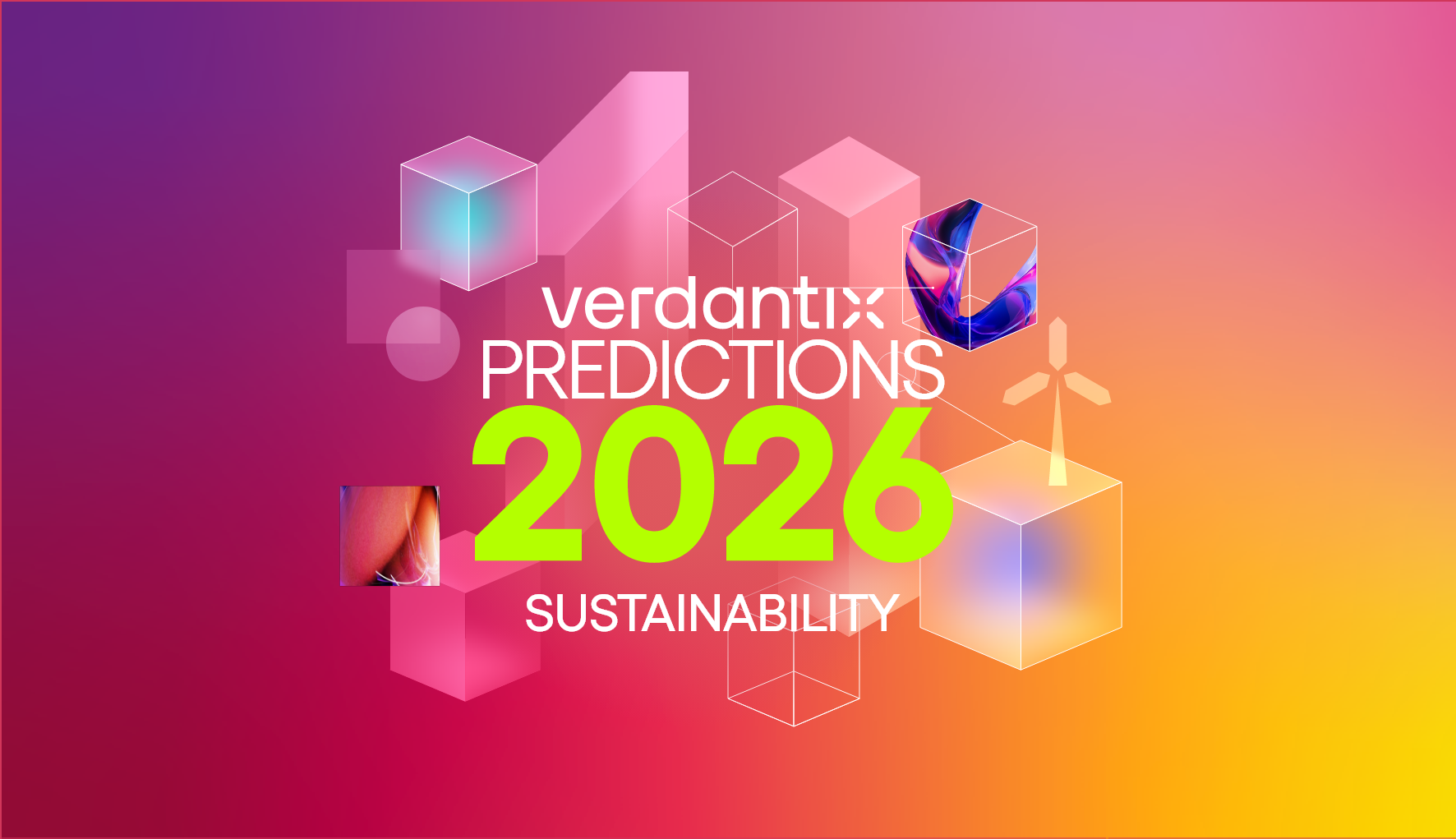The Name’s Bond, Green Bond: European Regulators Eye Measures To Help Investors Distinguish Sustainability Heroes From Villains

Lily Turnbull

Guy Lewis
Financing the green transition is estimated to cost an extra $3.5 trillion per year, 60% more than the current levels of investment. Green financing instruments — such as green, sustainable and sustainability-linked bonds (GSSSB) — have emerged as key transition tools for firms. For example, in November 2022 global energy provider Iberdola issued €1.5 billion ($1.6 billion) in green bonds as part of plans to ramp up investment in clean energy. In the same month, automobile manufacturer Mercedes-Benz issued €68 million ($74.5 million) in green bonds to finance new customer leasing contracts with Battery Electric Vehicles (BEV). Despite recent downturns in the GSSSB market, a cumulative $2.3 trillion worth of green bonds have been issued to date, with further growth anticipated in 2023.
Nevertheless, concerns over the credibility of green bonds are widespread. There is no universally accepted definition of ‘Green’. While there is an ecosystem of standards (such as the Green Bond Principles and the Climate Bonds Standard) and assurance providers to examine processes and environmental integrity, these remain largely voluntary. Analysis from the Climate Bonds Initiative (CBI) reveals that $26.4 billion of the green bonds issued in 2023 represent investment in activities that do not align with what international investors consider to be green. ESG and sustainability reporting has taught us that, until disclosures become mandatory, reporting practices will remain fragmented, transparency will be low and the availability of investor-grade data will be patchy (see Verdantix Strategic Focus: Transitioning To Investor-Grade ESG Data And Decision-Making).
Improving the transparency of the green bond market will require:
- Internationally agreed standards.
- A clear definition of ‘Green’.
- Trusted external assurance.
The EU has stepped in, announcing in February 2023 its plans to develop the European Green Bonds Standard (EUGBS). These standards will be aligned with the EU Taxonomy and will contain uniform requirements for any issuer wishing to call their bond a European Green Bond. One such requirement is external review. Trusted external assurance will ensure the credibility of green bonds and the use of proceeds. At present, assurance practices vary widely and one of the challenges facing lenders is that they need to be certain which information has been assured, how the process was carried out and what level of assurance was attained (see Verdantix Buyer’s Guide: ESG Assurance Services (2022)).
Maturing ESG assurance practices will usher in more clarity in definitions and consistency in processes. The International Auditing and Assurance Standards Board (IAASB) is working to develop global standards for ESG assurance (with an estimated timeline in the next three years) and the International Ethics Standards Board for Accountants (IESBA) has approved a project to develop profession-agnostic independence standards for sustainability assurance practitioners — both of which will help improve the credibility of data supporting financial instruments.
There are concerns that attempts to establish stringent requirements and standards for bonds to qualify as ‘green’, could result in slower growth in the GSSSB market. Yet, in the absence of mandatory requirements, the green bonds market will suffer from obfuscation and vagueness that could leave issuers exposed to litigation and reputational risks. Building trust in the green bonds market is key to enabling the green transition. From our perspective, we need to encourage and highlight concerted effort from standard setters, assurance providers, and corporate and government issuers to work together. Ultimately, we need to improve transparency and ensure that sustainability opportunities do not become sustainability threats.About The Author

Lily Turnbull
Senior Analyst

Guy Lewis
Industry Analyst





